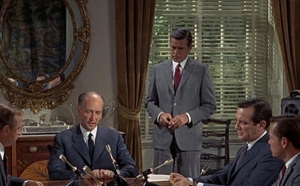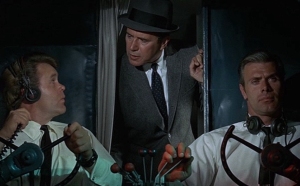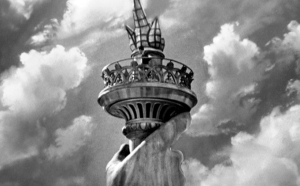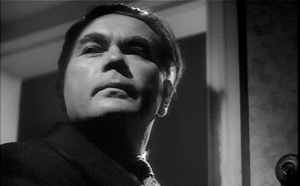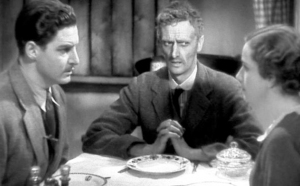Topaz is a slow, slow movie. Not just because of the drawn out running time (at 143 minutes, it’s the longest film in Hitchcock’s canon) but also because the pacing is so laborious you can almost hear joints creaking. It makes Torn Curtain look rollicking
Based on the 1967 novel of the same name by Leon Uris, in turn based off the Cuban Missile Crisis, Topaz begins with a high ranking Russian official Boris Kusenov (Per-Axel Arosenius) defecting over to America. He reveals to US agent Michael Nordstrom (John Forsythe) that NATO secrets are being passed to the Russians by a French spy ring codenamed “Topaz”. In order to expose the spies Nordstrom calls in his French friend André Devereaux (Frederick Stafford) to clear things up.
Topaz is a film Hitchcock never wanted to make, but the project was forced upon him by Universal executives. Everyone involved seems to be on auto-pilot. The actors, the screenwriter and, sadly, even Hitchcock himself. His heart was clearly not in this one. It feels like the work of an old school filmmaker struggling to keep relevant in a changing Hollywood industry.
Some scenes were rewritten just hours before filming and Hitchcock ummed and erred over the ending, resulting in several alternative versions. This kind of sloppiness was usually unthinkable to Hitch who tended to work closely with his screenwriters and would meticulously plot out every shot before filming. But when it came to Topaz he had simply stopped caring.
Many of the individual shots are beautifully executed – there’s an especially effective moment with a lavender coloured dress spreading across a chequered floor – but that’s the bare minimum we expect from Hitchcock by this stage of his career, now on to his fiftieth film.
The one bit of interesting (but failed) experimentation is the film’s visual design. Characters were assigned different colours. The French are associated with yellow, the Cubans with red and so on. Hitchcock wanted to see if he could reveal elements of the plot through colours. He couldn’t.
It’s sprawling, unfocused and at times proves a real chore to sit through. Topaz is a spy “thriller” is the loosest possible sense of the word.

